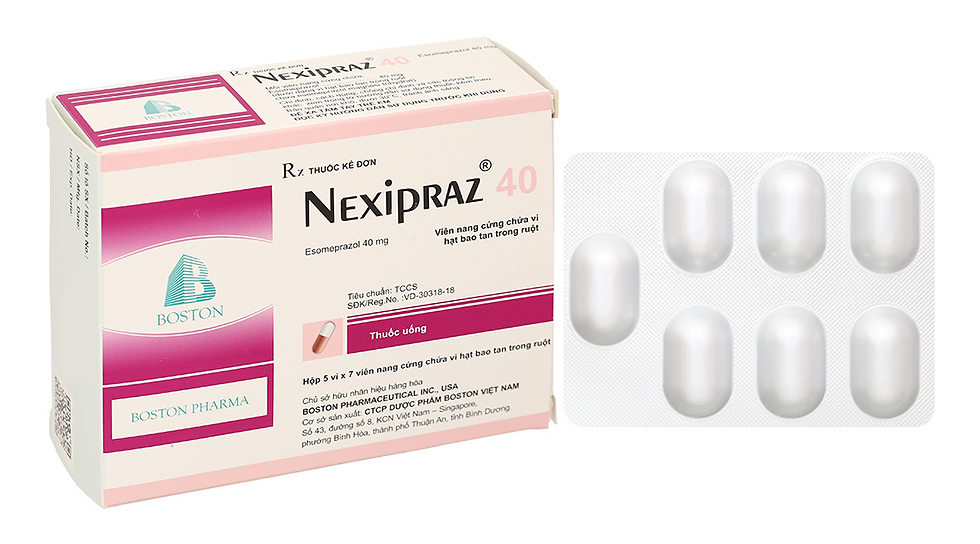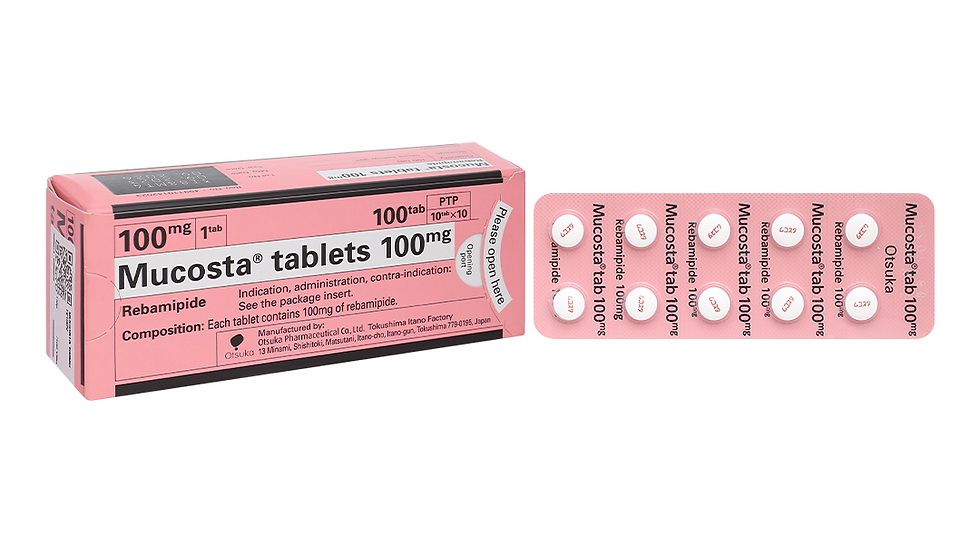Overview of unilateral pink eye in children
- Cúc Họa Mi
- 27 thg 9, 2023
- 3 phút đọc
What is pink eye in children?
Baby has pink eye on one side, a common symptom in children. It is usually caused by bacteria, viruses or allergies. Pink eye can be a sign of many different diseases, including conjunctivitis, keratitis, immune inflammation, and infection. This is an important health problem that needs to be diagnosed and treated promptly to avoid negative effects on your child's vision and comfort.
Overcoming pink eye in children:
Perform eye hygiene: Instruct young children to wash their hands before coming into contact with their eyes. Use a wet cotton swab or soft wet towel to wipe away excess tears and dust particles. Avoid touching your eyes with dirty hands or unclean towels.
Reduce environmental impact: Avoid exposure to strong light, chemicals, smoke, dust and other irritants. Pay special attention when children go swimming to avoid contact with dirty water or chemicals in the pool.
Use eye drops: If pink eye is caused by bacteria or a virus, your doctor may prescribe eye drops containing antibiotics or anti-inflammatory drugs to reduce bacteria and reduce inflammation. However, the use of eye drops should be guided and supervised by a doctor.
Allergy treatment: If pink eye is caused by allergies, it is necessary to determine the cause of the allergy and limit exposure to the irritant. Your doctor may recommend allergy medications or recommend natural remedies such as cold compresses to reduce symptoms.
How to care for pink eye in children?
Pink eye in children is an important health problem that requires prompt care and treatment. Below are some basic care methods for children when experiencing pink eye:
1. Ensure personal hygiene: Instruct young children to wash their hands regularly with soap and warm water. Be especially careful to wash your hands before contact with your eyes. Children should also avoid touching their eyes with dirty hands or unclean towels. If your child is using glasses, be sure to clean and disinfect them regularly.
2. Reduce environmental impact: Avoid exposure to strong light, chemicals, smoke, dust and other irritants. When your child goes swimming, make sure the water in the pool is clean and does not contain chemicals that irritate the eyes. If your child is often exposed to dry environments, provide enough moisture for the eyes by using artificial tear drops.
3. Do not use eye drops arbitrarily: The use of eye drops in case of pink eye in children should be guided and supervised by a doctor. Children should not buy and use eye drops without a medical professional's prescription. Using the wrong medication or dosage can harm your child's eyes.
4. Take your child to see a doctor: If your child has persistent pink eye symptoms, acne, or red eye mucus, you should take your child to be examined by a doctor. Your doctor will establish an accurate diagnosis and recommend appropriate treatment based on the cause of your pink eye.
5. Support children during the care process: Young children may feel uncomfortable and inconvenient when experiencing pink eye. Listen and create comfortable conditions for your child, help him understand his condition and encourage him to comply with proper eye care measures.
6. Follow your doctor's instructions: After being diagnosed and treated, follow your doctor's instructions on medication use, follow-up appointments, and other eye care measures. This helps ensure that young children are well cared for and recover quickly.
Note that the above care measures are for general information only and are not a substitute for advice from your doctor. If your child has symptoms of pink eye, take him or her to see a doctor for appropriate advice and treatment.
See more in the video: https://www.youtube.com/watch?v=cECzyZNAiBQ







hay quá bạn ơi
Bài viết thú vị 😊
Don't be subjective about pink eye